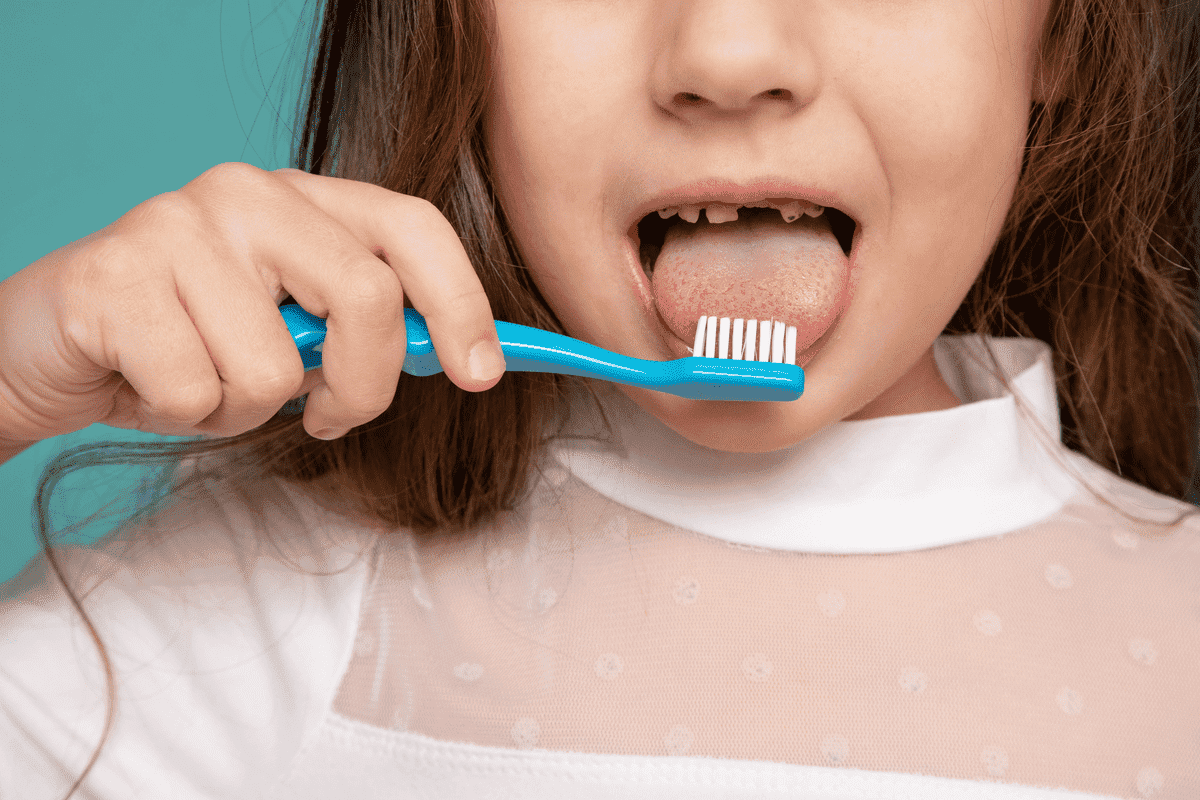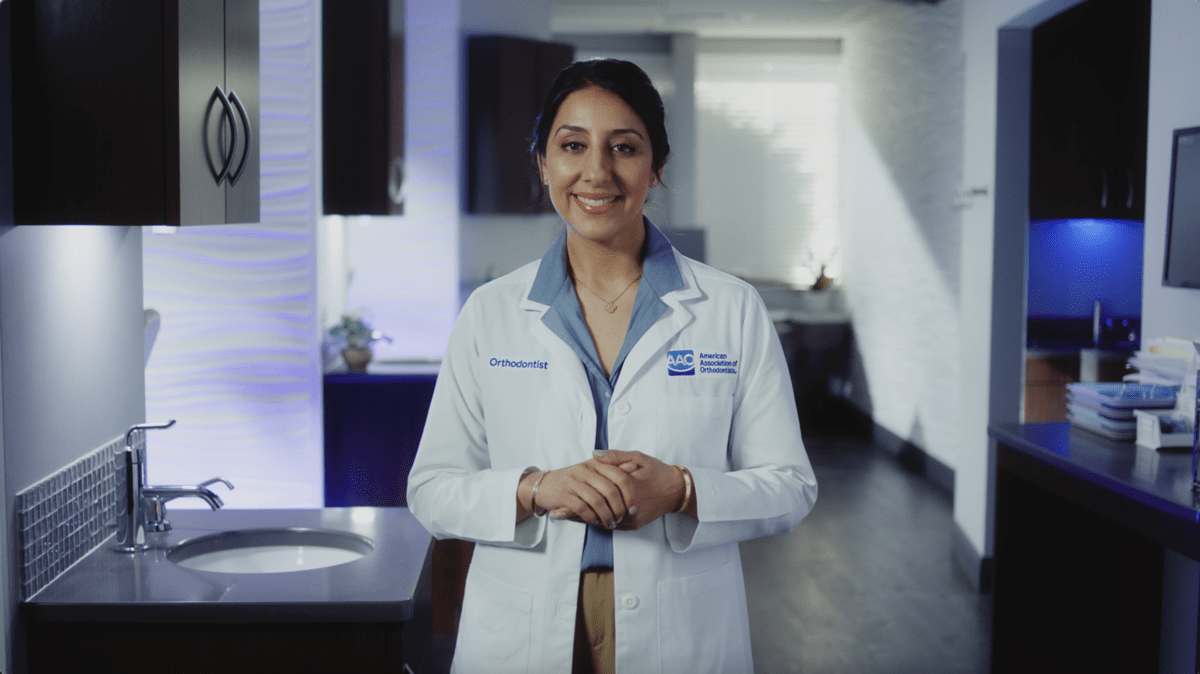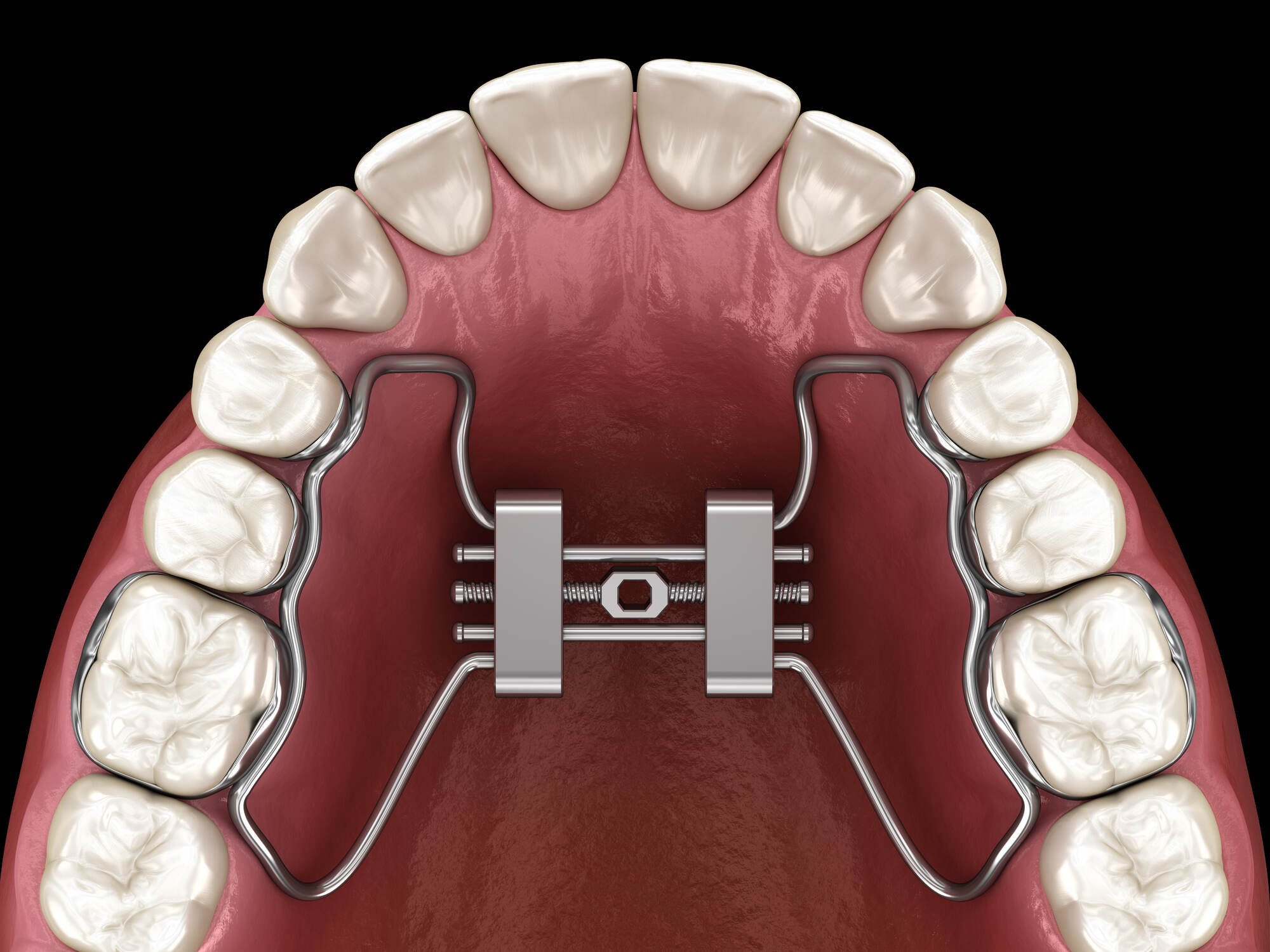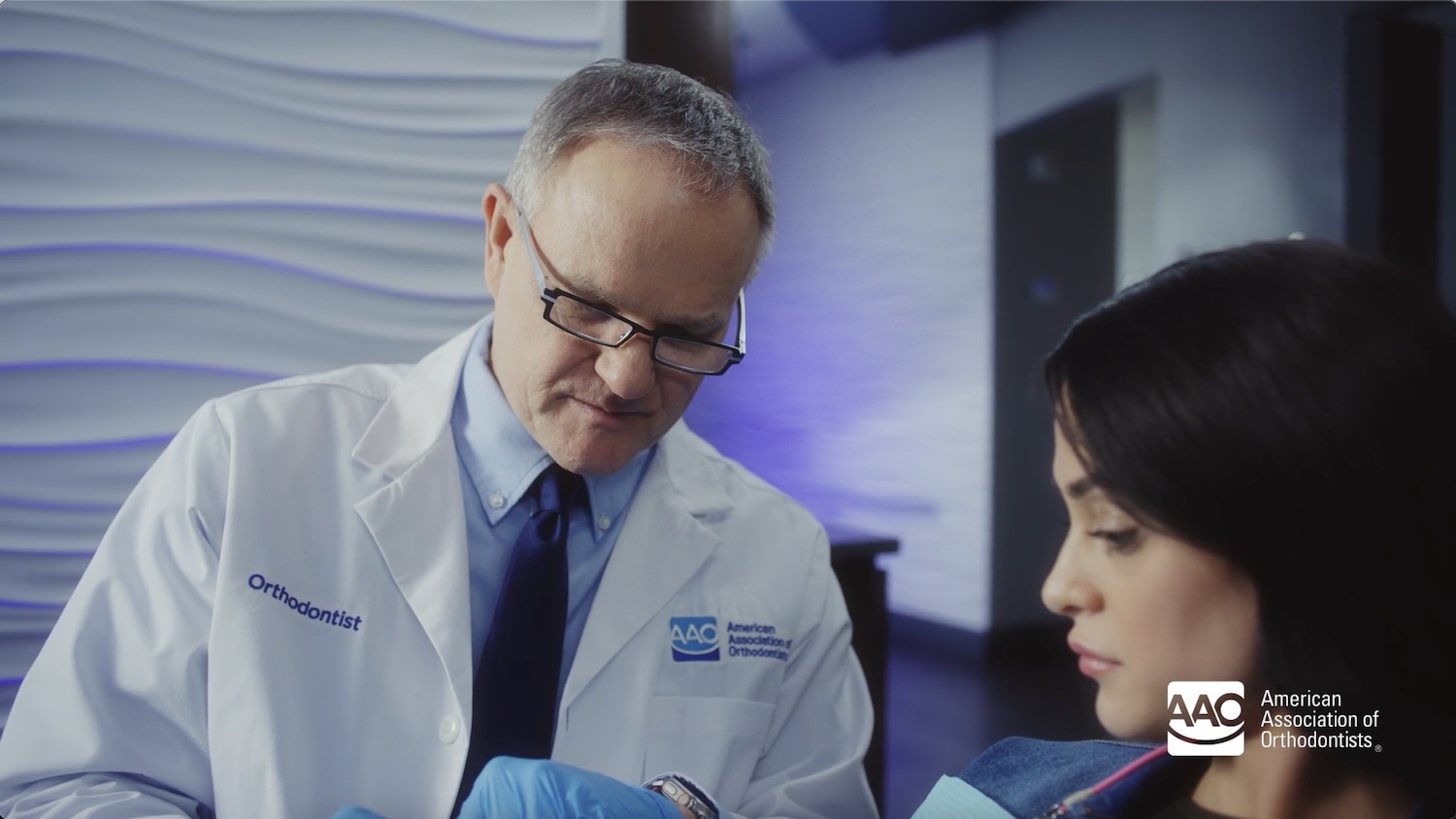
Can You Get Braces with Baby Teeth? A Guide to Early Orthodontics
Can Children Who Still Have Baby Teeth Get Braces? Navigating dental and orthodontic care for young children can seem complex, especially when it comes to the question: Can children who still have baby teeth get braces? If you’ve heard that your child should have all their permanent teeth before visiting the orthodontist for the first … Continued









